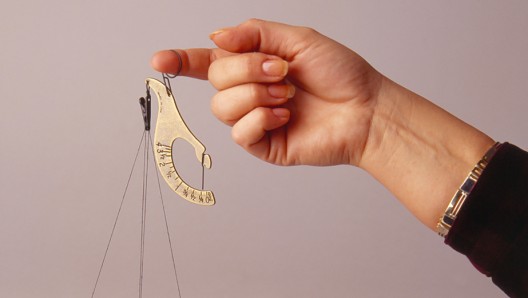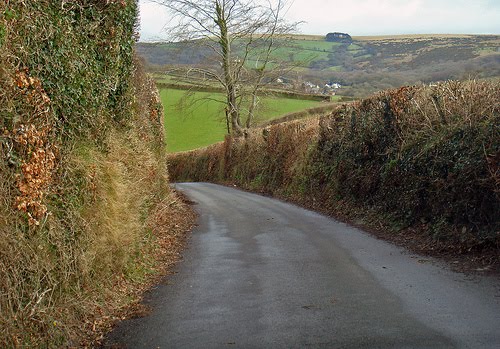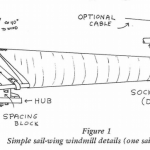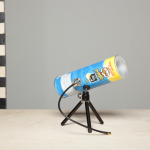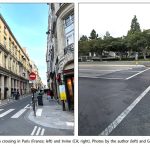“He refused to try anything. I thought it was very poor … eating a langoustine or prawn is just like eating a lizard or insect, one just lives in the sea and one on land. Ecologically we will have to start getting our protein from other sources as our population increases as the planet cannot support our growing demand for meat. Our rainforests are suffering as we slash and burn to grow animal feed and we deplete our oceans of fish.”
“Edible insects are rich in proteins, minerals and vitamins and are being actively promoted by the United Nations as the secret weapon in averting a worldwide famine. According to a recent UN report: Edible insects constitute high-quality food for humans, livestock, poultry and fish. Because insects are cold-blooded, they have a high [pro rata] food conversion rate—crickets need six times less feed than cattle, four times less than sheep, and twice less than pigs and broiler chickens to produce the same amount of protein. Only a few countries “farm” insects, and the UN is now spending millions of dollars to investigate mass insect production.”
Read more. Illustration by Nicole Antrobus. See also: Edible Insects and Insecticides / Insects as a Sustainable Feed Ingredient in Pig and Poultry Diets.
